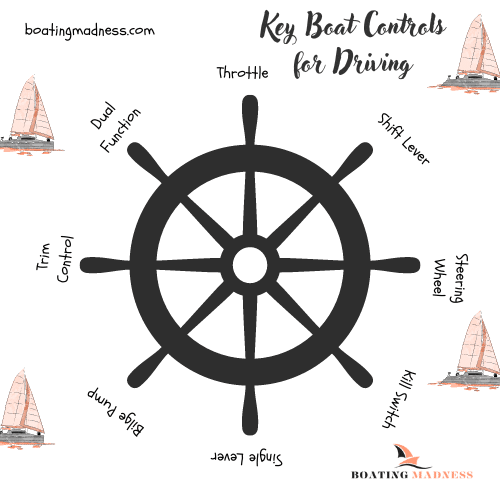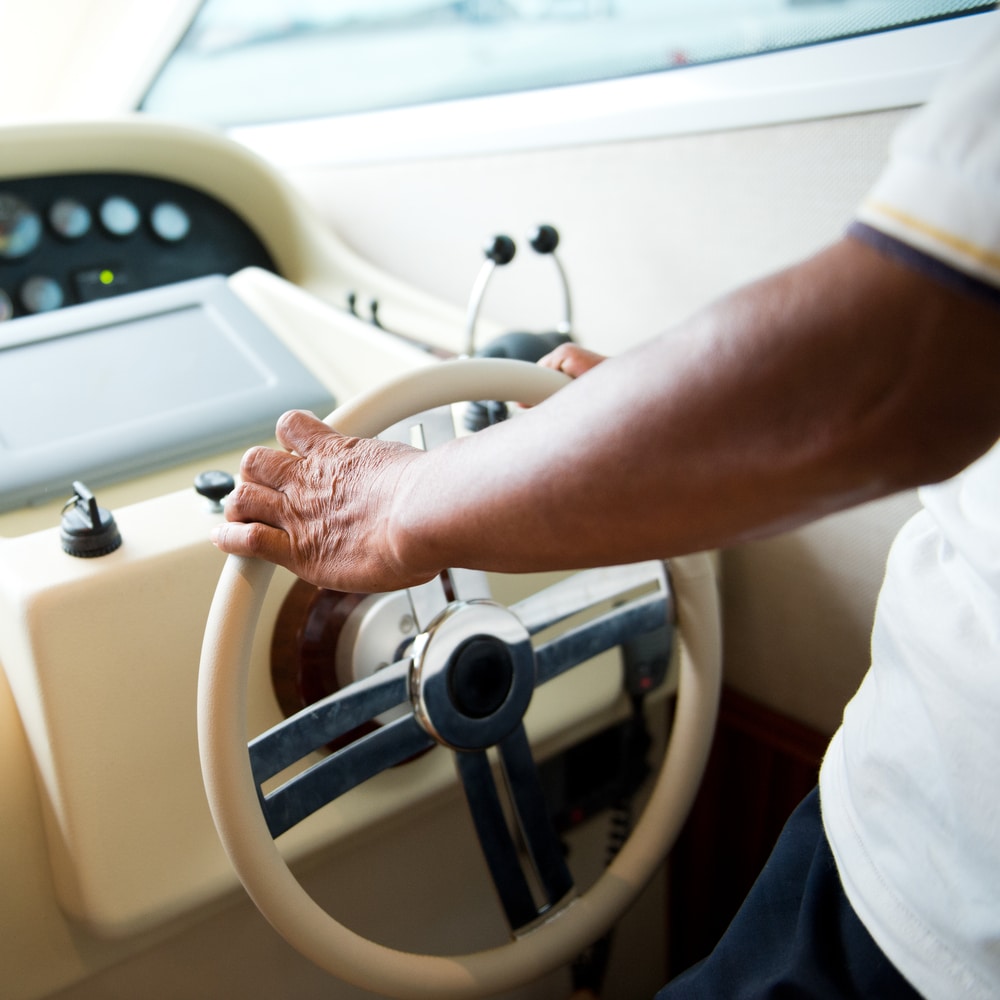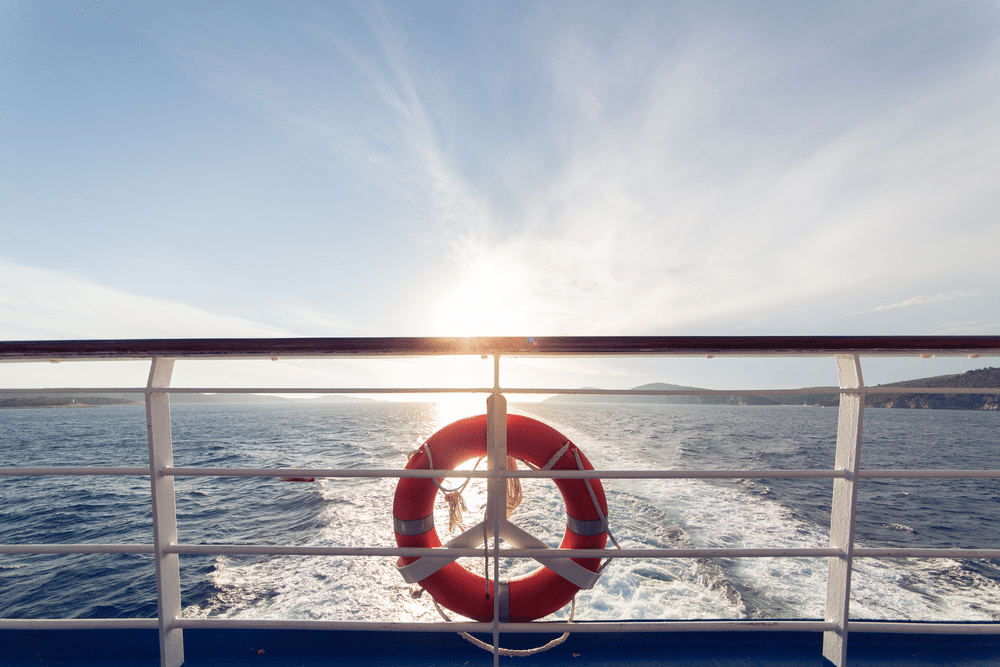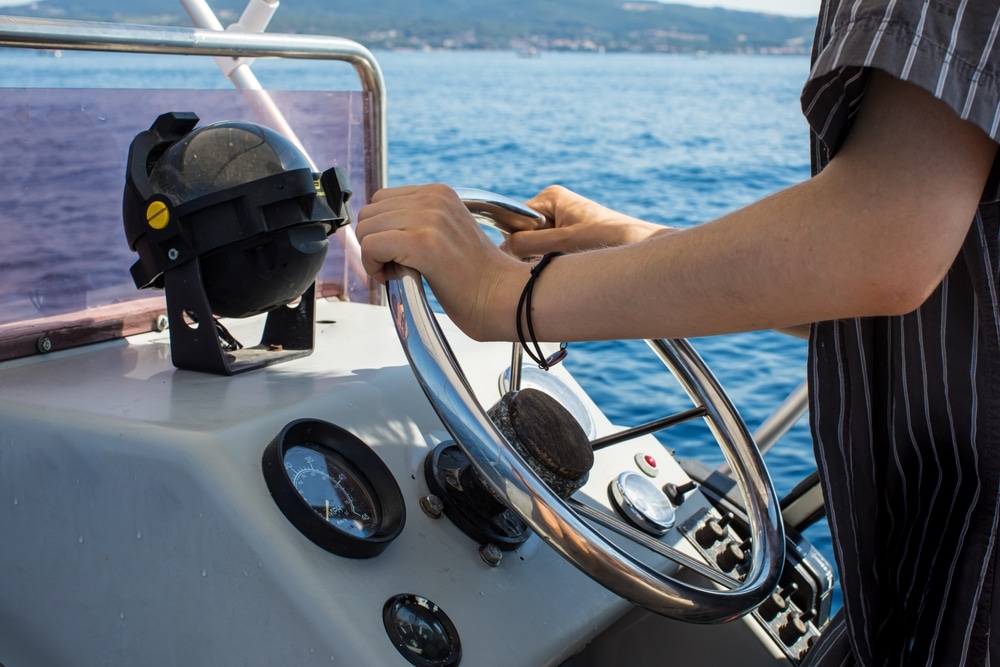Table of Contents
Are you excited to go onto another thrilling sea journey? You should certainly take your boat and take off! But wait, do you know how to drive a boat properly? First, you need to learn that. Discovering uncharted waters and having a blast on the water is what boating is all about. Whether you’re out on the open sea or just taking in the scenery, being the skipper of a boat is an exhilarating experience. It would be best to become an expert boat handler, familiarize yourself with the controls, and put safety first to have a fantastic time. Whether you’re a seasoned sailor or just getting your feet wet, mastering these techniques will allow you to embrace the water confidently and delightfully. Let us take some lessons of driving a boat efficiently.
Understanding the Basics of Boat Driving
Before you take your boat out to the seas, first understand how to drive it accurately. Hence, for safe navigation, it is essential to understand the fundamentals of boat driving. Get a feel for the various boat kinds and how to operate them before moving on. Become proficient with the boat’s controls, including the throttle and shift, and get some wheel practice. Ensure you are familiar with the kill switch in an emergency. Take a boating safety course to learn all the ropes—experience managing a boat by practicing at different speeds and angles, such as a 45-degree turn. You will learn to operate a boat safely and efficiently with the proper boating education and plenty of practice.

Types of Boats to Drive
Different types of boats have varying controls and handling characteristics. Some common types include;
- Powerboats: These include speedboats and fishing boats, which are equipped with powerful engines.
- Sailboats: These boats use sails for propulsion and require knowledge of sailing techniques.
- Pontoon Boats: Known for their stability and spaciousness, these are great for leisurely cruises.
Boating Education and Safety Course
Before you learn how to drive a boat, it’s advisable to complete a boating safety course. This course will cover essential topics such as;
- Boating Safety: Learn how to use safety equipment like life jackets and fire extinguishers.
- Navigational Rules: Understand the rules of the waterway, including right-of-way and signaling.
- Emergency Procedures: Know how to handle emergencies, including using the kill switch and responding to onboard accidents.

Boat Controls and Their Functions
To drive a boat effectively, you need to become familiar with the various controls. Here’s a breakdown of the main controls and their functions;
Throttle and Shift
- Throttle: This controls the engine’s speed. Pulling the throttle forward increases speed, while pushing it back decreases speed.
- Shift: This controls the boat’s direction of movement. Shifting to forward engages the engine to move forward, while shifting to reverse moves the boat backward.
Steering Wheel
- Turning the Wheel: The steering wheel controls the direction of the boat.
- Moving the wheel to the right will make the boat turn right, and turning it to the left will make it turn left.
Kill Switch
- Purpose: The kill switch is a safety feature that stops the engine if you fall overboard.
- It should be attached to your life jacket or clothing while driving the boat.

Steps to Drive a Boat
Here are some tips through which you can learn accurate boat driving.
Preparation
The first and foremost step is to prepare.
- Inspect the boat for any issues and ensure safety equipment is functional.
- Familiarize yourself with the throttle, shift, and steering controls.
Starting the Engine
The next step is to start the engine.
- Connect and turn on the battery.
- Start the engine and allow it to warm up.
Setting Off
Then slowly, set off.
- Slowly engage the throttle for smooth acceleration.
- Shift into forward gear to begin moving.
Steering and Maneuvering
To drive, you must learn to steer as well.
- Use the steering wheel to guide the boat.
- Maintain a 45-degree angle when turning for stability.
Stopping the Boat
Make sure you also stop your boat gradually.
- Gradually reduce the throttle to slow down.
- Shift into neutral to stop forward motion.
Docking the Boat
The last and final step is to dock your boat.
- Approach the dock slowly, reducing speed.
- Use neutral and small throttle adjustments to maneuver securely.

Boat Handling Tips
Proper boat handling is crucial for safety and efficient operation. Here are some tips to improve your boating skills;
- Practice Regularly: The more you practice, the more comfortable you’ll become with driving the boat.
- Use Dual Function Controls: Some boats come with dual-function controls that combine throttle and shift into a single lever. Practice using these to streamline your handling. Also, make sure to know the parts of your boat, whether the stern or the front.
- Learn from Power Squadrons: Consider joining a power squadron or boating club for hands-on training and advanced skills.
- Water Training: Engage in water training sessions to improve your boat handling and maneuvering skills in various conditions.

Tips for Boating Safety
Safety should always be a top priority when driving a boat. Follow these safety tips to ensure running a safe boating experience.
- Wear Life Jackets: Always wear a life jacket and ensure that all passengers have one.
- Check Weather Conditions: Avoid boating in severe weather conditions and be aware of any weather warnings.
- Know the Local Regulations: Follow local boating regulations and respect no-wake zones and speed limits.
- Keep Communication Devices Handy: Carry a VHF radio or a fully charged cell phone for emergency communication.

Final Thoughts
As we come to an end, it is thrilling and empowering to master the art of boat driving. It is essential to take a boater education course and emphasize boating safety whether you are just learning to drive a boat or are an experienced boater. To become an expert boat operator, it is essential to practice often, study boat handling, and master the controls, such as the throttle, shift, and how to turn the wheel at a 45-degree angle, step by step.
In conclusion, ensure you know how to operate your boat’s controls and always use the kill switch for safety. A boater needs knowledge, competence, and responsibility to have fun and stay safe on the water.
Sail off for your thrilling seaboat shows!

